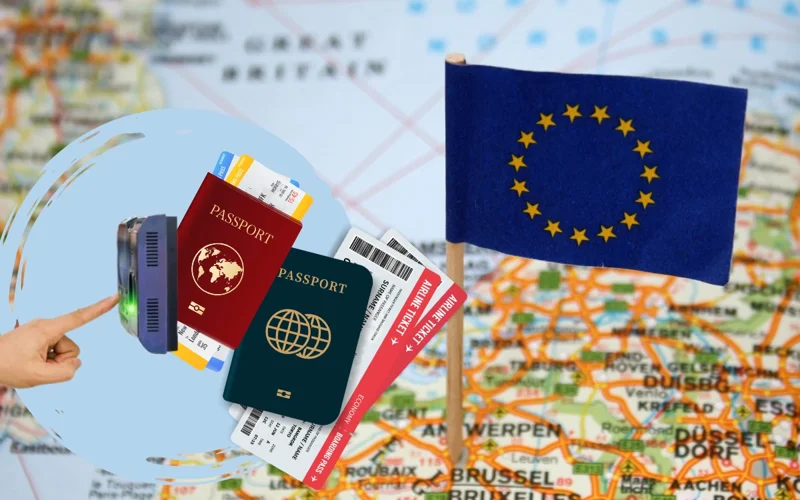EU agrees on gradual rollout of Schengen entry/exit system
The Council of the European Union and the European Parliament has reached a provisional agreement on the phased launch of the new Entry/Exit System (EES), which will digitize the registration of non-EU nationals entering and exiting the Schengen area, reports a Kazinform News Agency correspondent.

“Thanks to this agreement member states will be able to deploy the new border management system for registering the entry and exit from the Schengen area of non-EU nationals. This is good news and will support our efforts to keep our borders safe,” said Tomasz Siemoniak, Polish Minister of the Interior and Administration.
The EES will collect passport data, fingerprints, and facial images, giving EU countries real-time access to the personal data and travel history of short-stay non-EU travelers. The system aims to reduce identity fraud and overstay risks.
To ease the transition, member states will gradually implement the system over six months. Initial deployment requires at least 10% of border crossings to use the EES within the first month, with biometric data collection becoming mandatory after 60 days. Full implementation is expected by the end of the transition period.
Manual passport stamping will continue during the rollout. In exceptional cases, such as excessive wait times, member states may suspend EES use temporarily.
While the regulation enables gradual deployment, it does not set a launch date. The start of the rollout will be determined by a separate European Commission decision.
Earlier, it was reported that at the 16th Kazakhstan-EU dialogue platform, Prime Minister Olzhas Bektenov highlighted difficulties Kazakhstani entrepreneurs face in obtaining Schengen visas, particularly for Lithuania, Germany, and Poland. Speaking alongside EU official Johannes Baur, Bektenov called for solutions to ease visa procedures hindering business ties.
